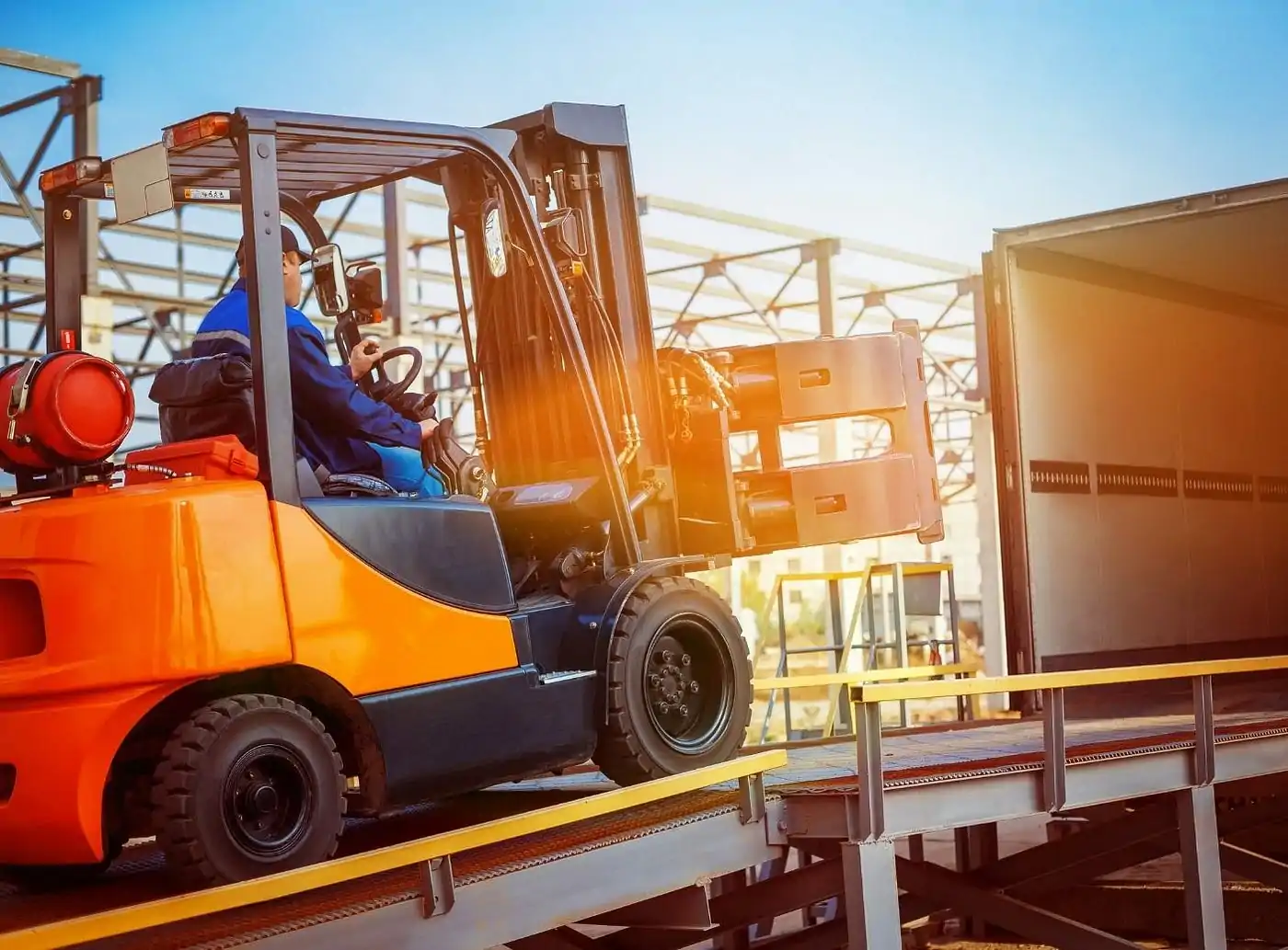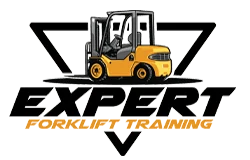
A Guide to Different Types of Forklift Licenses in Canada
In today’s fast-paced industrial landscape, forklifts play a crucial role in material handling and warehouse operations. These powerful machines simplify the movement of heavy loads and enhance efficiency in various industries. However, operating a forklift requires specialized skills and knowledge to ensure safety and productivity. This is where obtaining a forklift training license becomes essential. In Canada, the regulations and requirements for forklift licenses vary based on the type of forklift and the specific job role. In this comprehensive guide, we will explore the different types of forklift licenses in Canada and provide insights into how you can navigate the licensing process.
Types of Forklift Licenses
1. Counterbalance Forklift License:
The counterbalance forklift is the most common type of forklift used across industries. Its design allows it to carry heavy loads while maintaining stability. If you plan to operate a counterbalance forklift, you’ll need to obtain a Counterbalance Forklift License. This license covers the operation of standard forklifts that have weight distributed at the rear to counterbalance the load at the front. Training for this license involves both theoretical knowledge and practical skills, including understanding load capacities, safe maneuvering, and proper load placement.
2. Reach Truck License
Reach trucks are commonly used in warehouses for stacking and retrieving goods on high shelves. These forklifts have a unique design that allows them to extend their forks to reach into racks. To operate a reach truck, individuals must obtain a Reach Truck License. This license focuses on skills related to navigating narrow aisles, operating at height, and precise load handling. Since these tasks can be more complex, the training for a reach truck license is comprehensive and involves both theoretical and practical components.
3. Pallet Jack License
Pallet jacks, also known as pallet trucks, are widely used for moving palletized loads over short distances. They come in both manual and electric variants. If your job involves operating a pallet jack, you’ll need to acquire a Pallet Jack License. This license covers the basic skills required for safe operation, such as steering, load balancing, and maneuvering in confined spaces. While the training for a pallet jack license is relatively straightforward, it is no less important, as even small mistakes can lead to accidents.
4. Order Picker License
Order pickers are specialized forklifts used for order fulfillment in warehouses. They allow operators to access items from high shelves without leaving the operator’s platform. Obtaining an Order Picker License is necessary if you are tasked with operating these machines. Training for this license involves understanding load stability, platform safety, and efficient order picking techniques. Safety protocols are particularly emphasized due to the elevated working position of the operator.
Licensing Process
1. Enroll in a Recognized Training Program:
The first step toward obtaining any forklift license in Canada is enrolling in a recognized training program. These programs are offered by approved training providers and cover all aspects of forklift operation, safety, and regulations. It’s important to choose a reputable training provider to ensure that you receive a quality education.
2. Theoretical Training
Theoretical training covers topics such as forklift components, load capacity calculations, safe operating procedures, and understanding workplace hazards. This classroom-based training equips you with the knowledge required to operate a forklift safely
3. Practical Training:
Practical training is the hands-on aspect of the forklift training process. Under the guidance of experienced instructors, you will learn how to maneuver the forklift, handle different loads, and navigate through various scenarios that mimic real-world situations. This training takes place in a controlled environment, ensuring your safety and that of others.
4. Evaluation and Assessment:
After completing the training, you will undergo an evaluation and assessment process. This typically includes both a written exam to test your theoretical knowledge and a practical test to demonstrate your skills in operating the forklift. Successful completion of these assessments is necessary to obtain your forklift license.
5. Obtaining the License:
Upon successfully passing the evaluations, you will receive your forklift license. This license is a legal document that certifies your ability to operate a forklift of a specific type. It’s important to keep your license up to date and carry it with you whenever you are operating a forklift.
Forklift License Renewal
In Canada, forklift licenses are not indefinite; they come with an expiration date. It’s crucial to stay updated on the renewal process to ensure that your skills and knowledge remain current. Depending on the province or territory, the renewal period may vary, typically ranging from 3 to 5 years. Renewing your license involves attending refresher courses and assessments to demonstrate that you still meet the safety standards and proficiency required for forklift operation. This process ensures that operators are continuously trained on the latest safety protocols and industry best practices.
Workplace Safety and Forklift Licenses
Operating a forklift requires not only technical skills but also a deep understanding of workplace safety. Forklift accidents can result in serious injuries, fatalities, and damage to property. Holding a valid forklift license is just one aspect of promoting safety in the workplace. Here are some key safety considerations for forklift operators:
Pre-Operational Checks:
Before using a forklift, operators must conduct pre-operational checks to ensure that the vehicle is in proper working condition. This includes checking tires, brakes, lights, horns, and other essential components.Load Capacity Awareness:
Each forklift has a specific load capacity. Operators must understand and adhere to these limits to prevent tip-overs, which are a common cause of accidents.Safe Maneuvering:
Forklifts have a higher center of gravity compared to other vehicles, making them susceptible to tipping. Operators should avoid sharp turns, sudden stops, and uneven surfaces that can destabilize the vehicle.Pedestrian Safety:
Forklifts often operate in busy environments where pedestrians are present. Operators must be vigilant and follow designated routes to avoid collisions with pedestrians.Proper Load Handling:
Load placement is crucial for maintaining stability and preventing accidents. Operators should ensure that loads are properly balanced and secured before moving them.Clear Visibility:
Clear visibility is essential for safe forklift operation. Mirrors and proper seating adjustments can help operators see their surroundings clearly.Speed Control:
Operating a forklift at high speeds increases the risk of accidents. Maintaining a controlled speed allows for better maneuverability and reaction time.Communication:
Effective communication between forklift operators and other personnel is essential. Hand signals, horns, and other communication methods help prevent misunderstandings and accidents.Emergency Procedures:
Operators should be familiar with emergency procedures, including how to safely exit a tipped-over forklift and how to respond to various emergency scenarios.Training:
Regular training sessions and safety meetings are vital to reinforce proper operating practices and address any concerns or questions that operators might have.
Conclusion
Obtaining a forklift training license is a crucial step toward ensuring workplace safety and enhancing efficiency in material handling operations. With the diverse range of forklifts used in different industries, it’s essential to acquire the right license for the type of forklift you’ll be operating. Whether it’s a counterbalance forklift, reach truck, pallet jack, or order picker, the training and licensing process equips you with the knowledge and skills necessary to operate these machines safely and effectively. By enrolling in a recognized training program, completing theoretical and practical training, and successfully passing assessments, you’ll be well on your way to becoming a certified forklift operator in Canada. Always remember, a forklift license not only empowers you but also contributes to a safer and more productive work environment.
